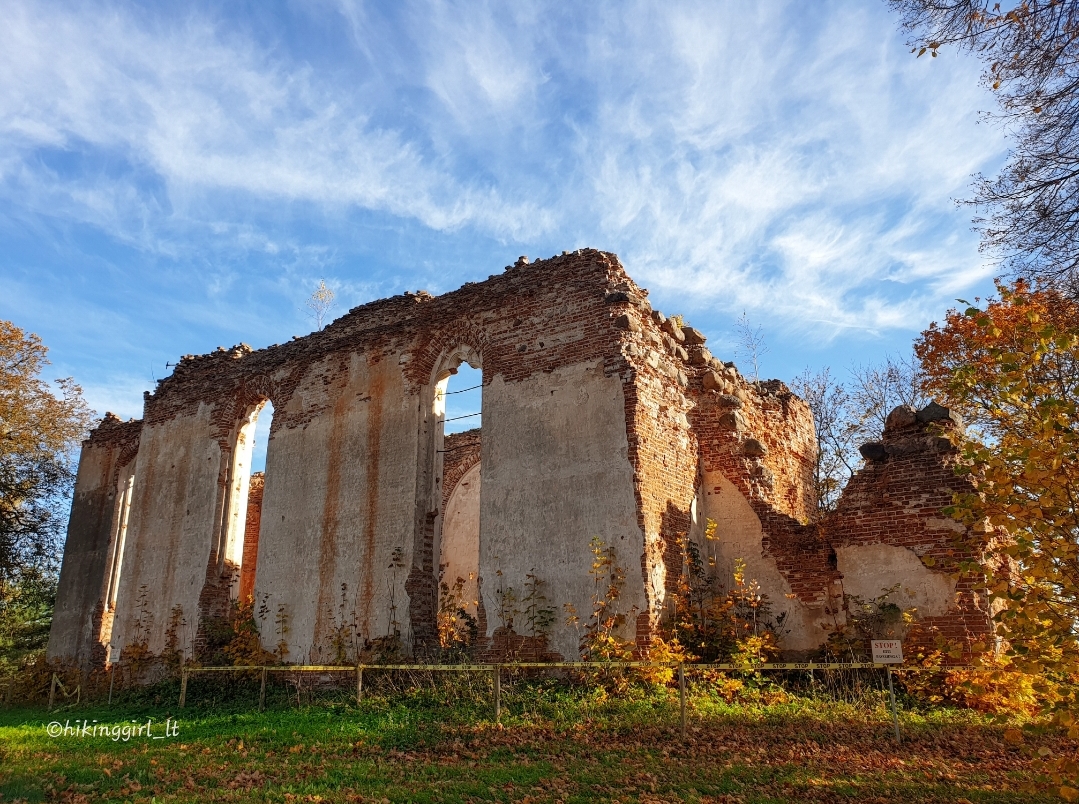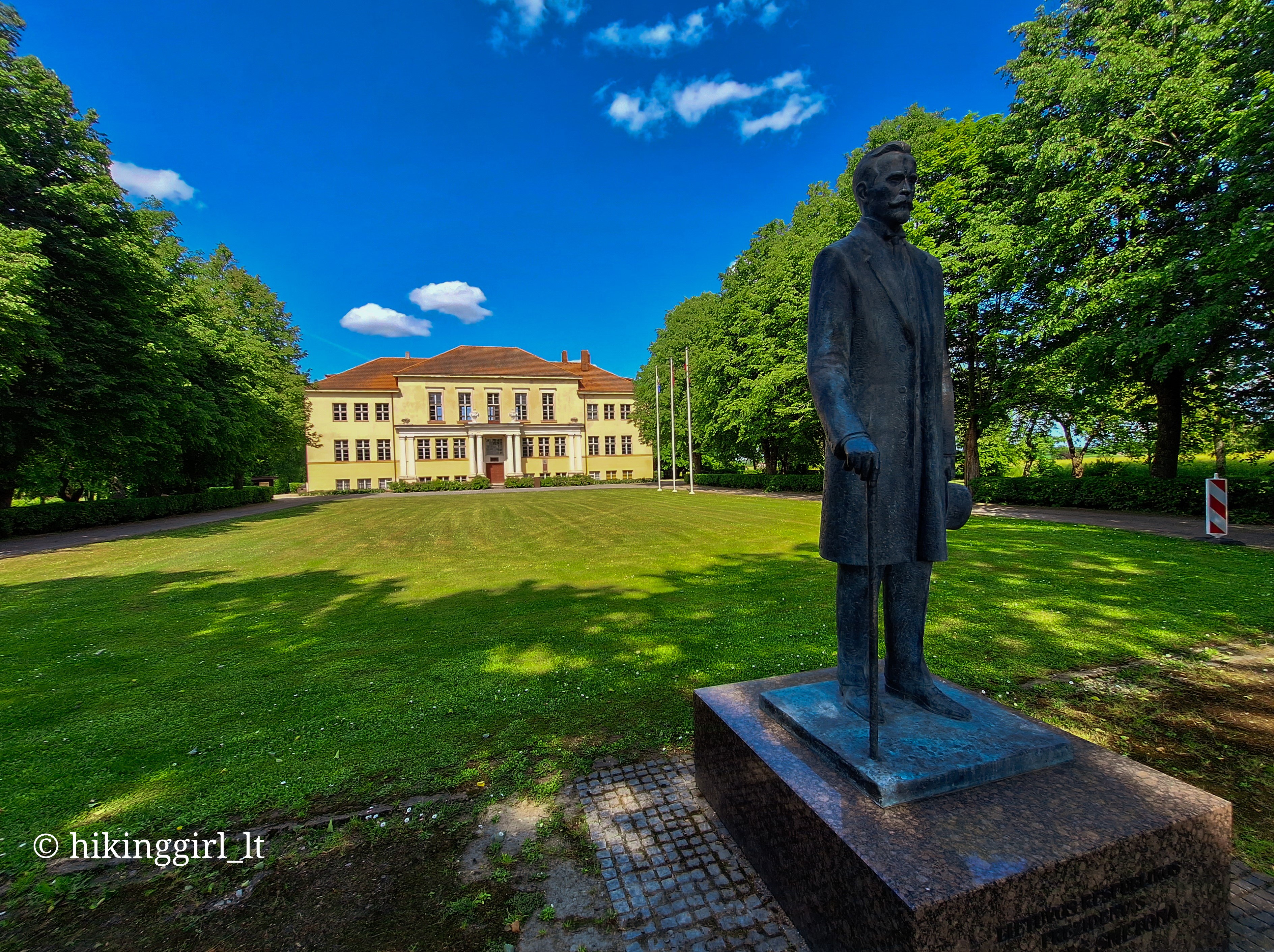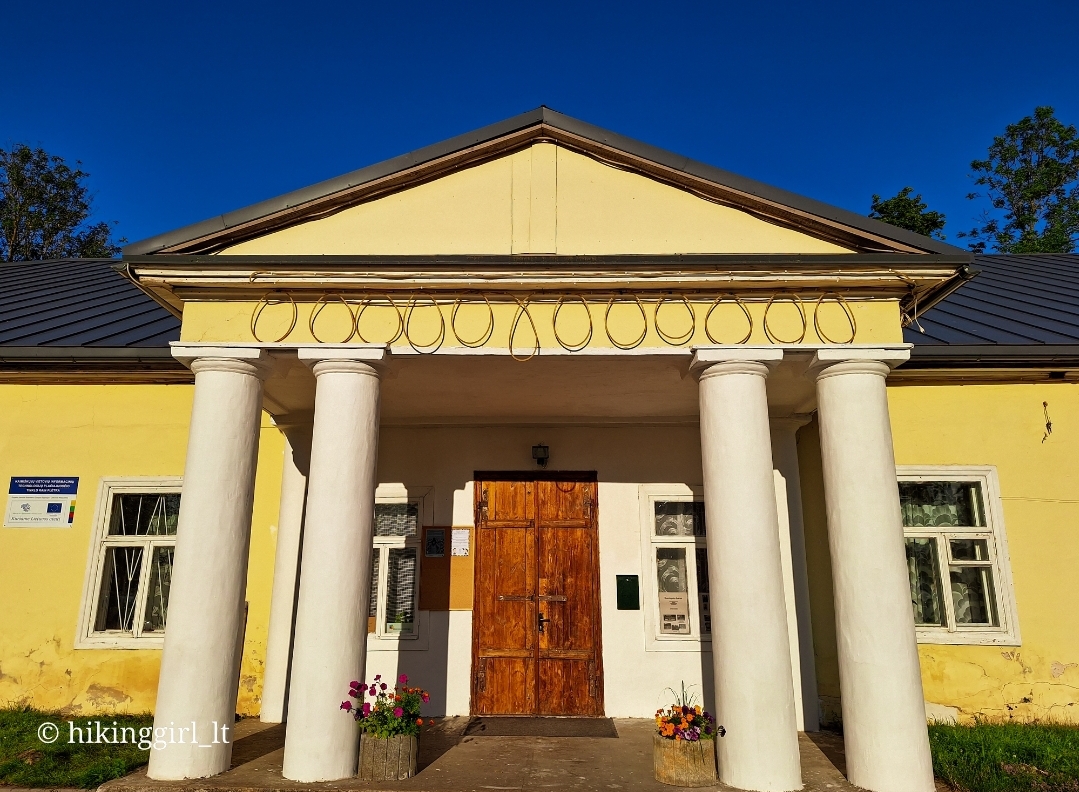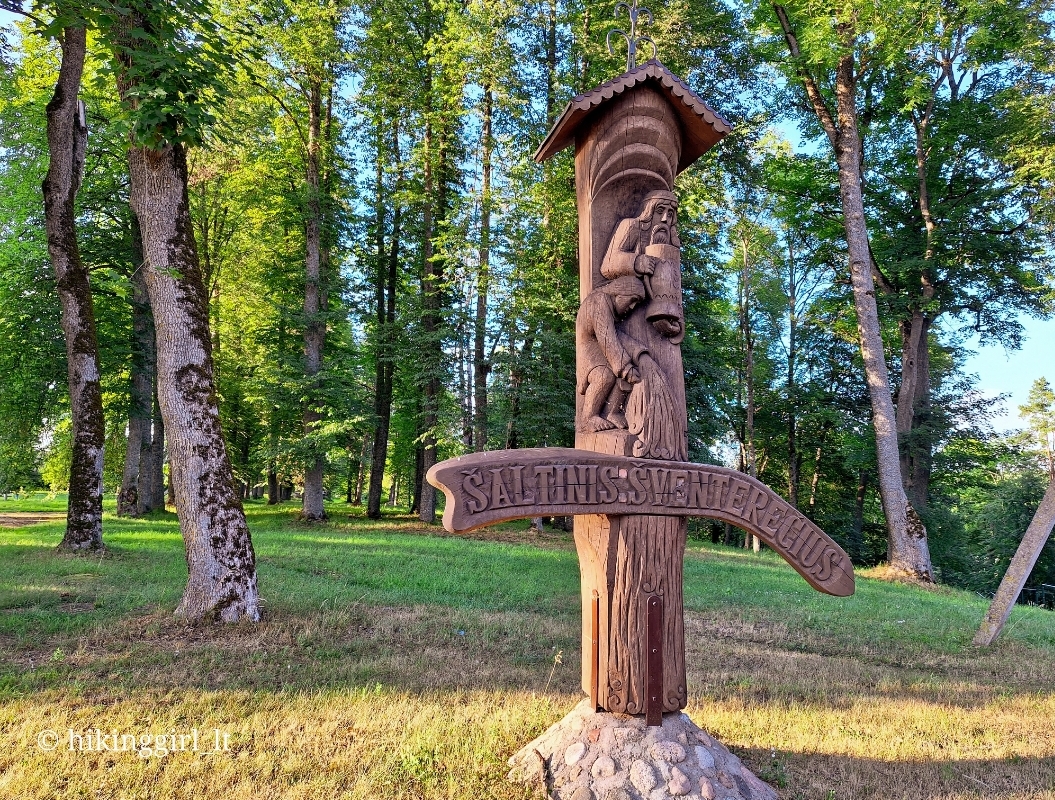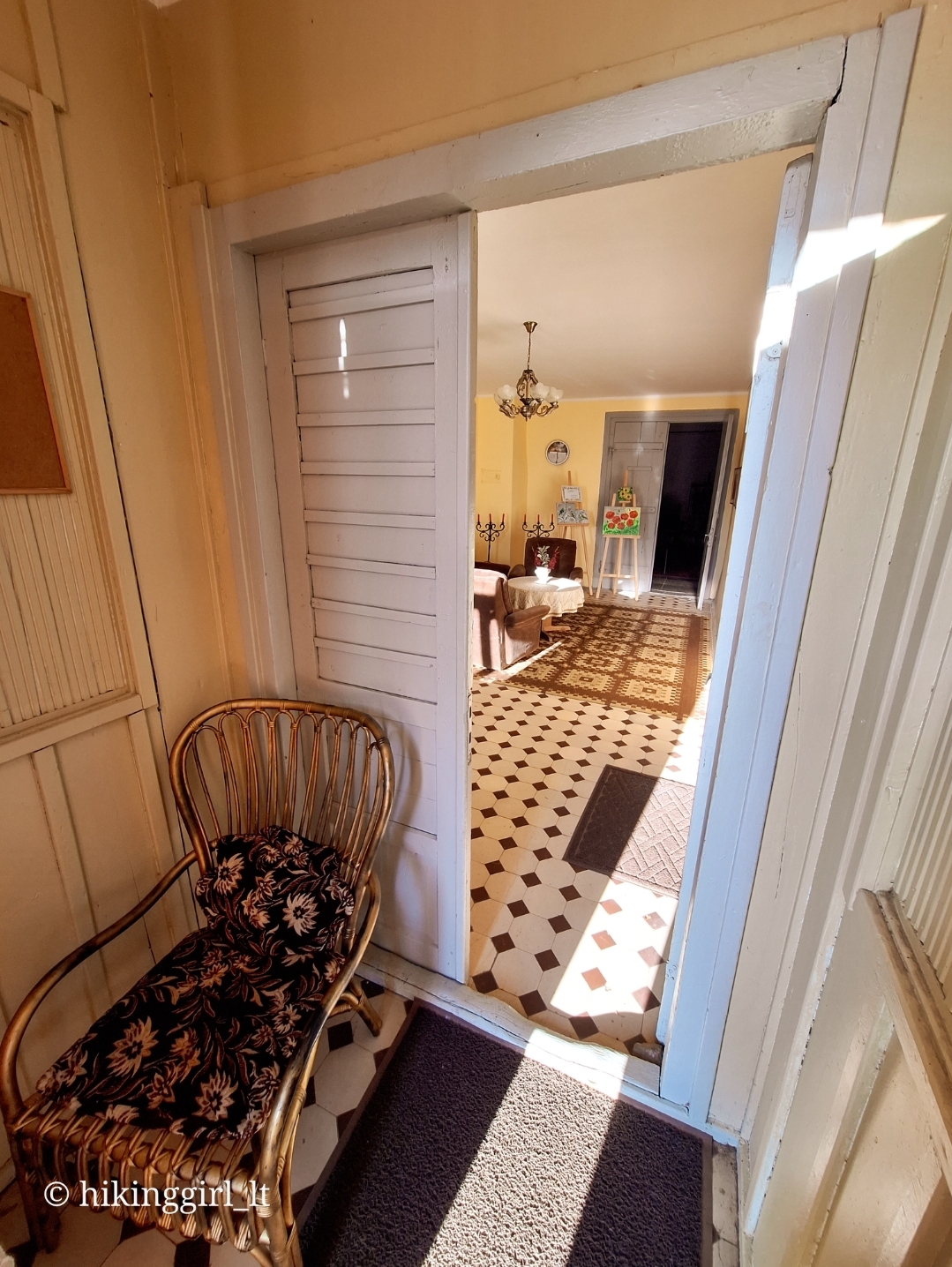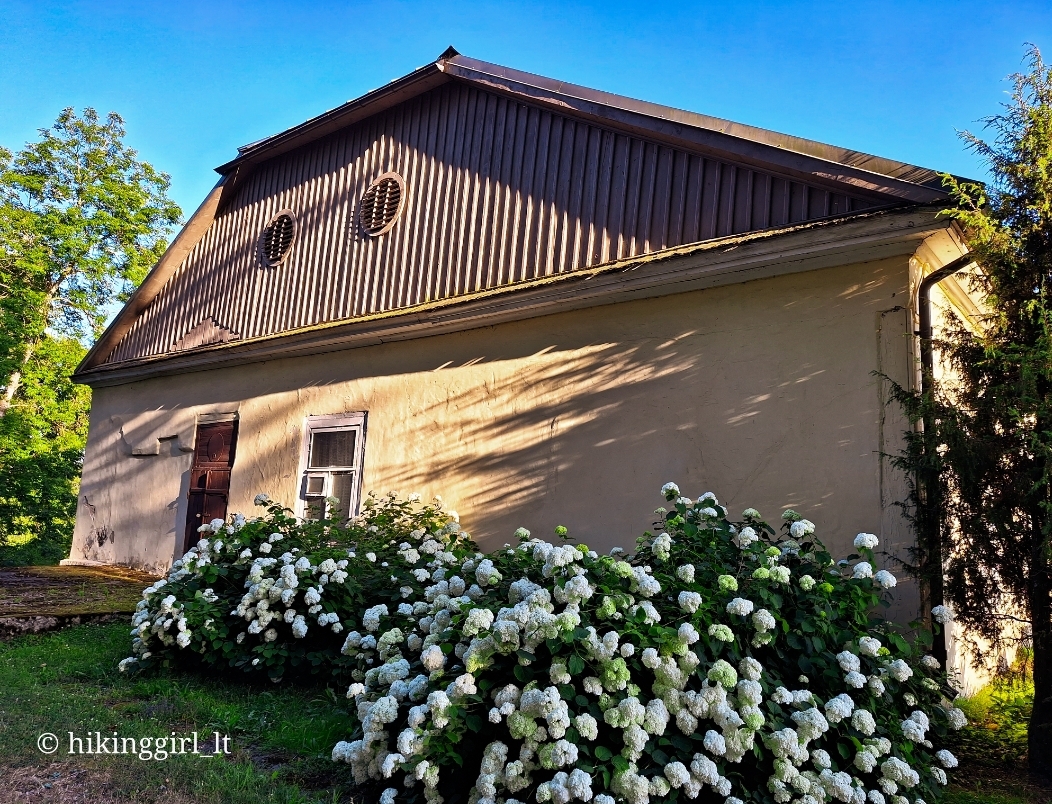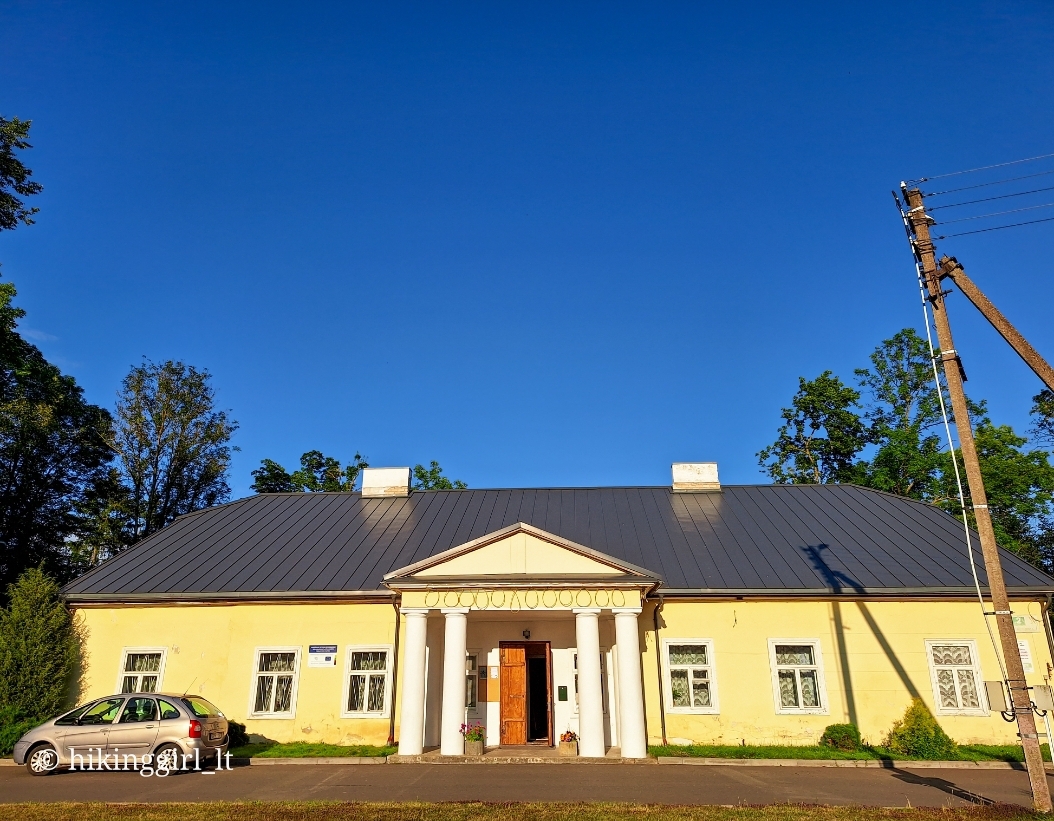Šventupė (Vidiškiai) Manor

715

1

0
Šventupė (Vidiškiai) Manor is a historical estate in Ukmergė District, located about 2.5 km from Vidiškiai. The manor was first mentioned in written sources in 1492 when it was owned by the noble Vidiškiai family. In the 17th–19th centuries, it passed to the Dambrauskas and Koska families, and by the late 19th century, it was owned by Mykolas Komaras.
The manor was an important economic and cultural center of the region, with several subsidiary estates and the Warsaw–Saint Petersburg highway built nearby. After land reforms in the early 20th century, the estate remained, but following World War II, the Žemaitkiemis Machine and Tractor Station (MTS) was established, and the site became known as Žemaitkiemis.
Info
-

Manors





Whats new?
Nearby attractions
Nearest museums

 Entertainment
Entertainment
 Food establishments
Food establishments





























 55.322373, 24.888957
55.322373, 24.888957
 Get directions
Get directions
















